 The development of successful new products is one of the ways in which companies can achieve competitive advantage*. New Product Development (NPD) is a process which carries a great deal of risk – over 40% of all new product introductions fail at launch! For NPD to be effective, companies have to nurture an innovative corporate culture** so that everyone in the organisation is encouraged to be innovative in their work
The development of successful new products is one of the ways in which companies can achieve competitive advantage*. New Product Development (NPD) is a process which carries a great deal of risk – over 40% of all new product introductions fail at launch! For NPD to be effective, companies have to nurture an innovative corporate culture** so that everyone in the organisation is encouraged to be innovative in their work
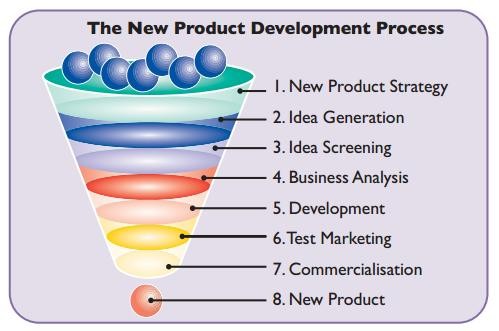 There are many great ideas – many of them generated by chance. However, only few products make it through to the end of the process. The further a product goes through this process, the more expensive it becomes. As products progress, the company is making an increasing commitment in terms of resources. Once a product is developed, the launch marketing costs are significant; so a company must carry out extensive market research to ensure a product has the best chance of appealing to the market.
There are many great ideas – many of them generated by chance. However, only few products make it through to the end of the process. The further a product goes through this process, the more expensive it becomes. As products progress, the company is making an increasing commitment in terms of resources. Once a product is developed, the launch marketing costs are significant; so a company must carry out extensive market research to ensure a product has the best chance of appealing to the market.
There are many great ideas – many of them generated by chance. However, only few products make it through to the end of the process. The further a product goes through this process, the more expensive it becomes. As products progress, the company is making an increasing commitment in terms of resources. Once a product is developed, the launch marketing costs are significant; so a company must carry out extensive market research to ensure a product has the best chance of appealing to the market.
Market Research
Market research is the gathering, recording and analysing of information about markets and their probable reaction to product, price, distribution and promotion decisions. Market research is critical for successful NPD and marketing mix planning. Gathering information can be done by either desk or field research. Desk research involves analysing all the internal and external information available. Field research is done by contacting consumers either using surveys, questionnaires, feasibility studies or sampling, among other methods to get primary data from the target market.
There are various ways of carrying out market research:
◗ Do it yourself: For small companies with limited resources.
◗ Market research department: Very large organisations may have their own dedicated market research department.
◗ Market research agencies: These companies specialise in market research. Research may be done with the collaboration of the company’s marketing department, but fieldwork will be carried out by the agency.

◗ Problem definition: This is the realisation that a marketing problem needs information to find its solution.
◗ Research design: This defines what form the research will take and what will be achieved. It encompasses objectives of the research. The research design also includes a timeframe and the all-important costings.
◗ Data collection: This involves the actual carrying out of the research. There are two main categories of market research:
◗ Qualitative research: This is exploratory research which aims to determine consumers’ attitudes and values in a way that sampling using questionnaires cannot. For this reason qualitative research relies on some form of interaction with the consumer. Main forms of this are focus groups, in-depth interviews and observation.
◗ Quantitative research: Surveys and short interviews are the main forms of quantitative analysis. Here values and attitudes are measured and questions are generally given in a “yes-no” or scale from 1-5 format.
◗ Data analysis: The form of analysis will depend on the type of research used e.g. qualitative analysis will generally involve identification of some major issues and present the nature of the comments made on them. While there are now computer programmes which can help interpret data this is generally used for interpreting qualitative data, which is more statistical.
◗ Report writing: The final report will summarise the objectives of the research and give detailed analysis. This is presented in graphic form where possible (bar charts, pie charts etc). It’s important that the information is clearly presented so that managers can draw clear conclusions from the report. An executive summary at the beginning summarises all major findings.
Glossary:
Competitive Advantage: When a company has an advantage over its competitors which they cannot copy – at least not in the short term. A successful brand or good cost management system would be sources of competitive advantage.
Corporate Culture: The values, processes and encouraged behaviours in an organisation. “The way things are done around here”.
To learn more about New Product Development and Market Research read the Cadbury Ireland “New Product Development” case study from the Sunday Business Post Business 2000 10th Edition.
Click here to see the full archive of SBP Business 2000 case studies and follow us on Facebook.

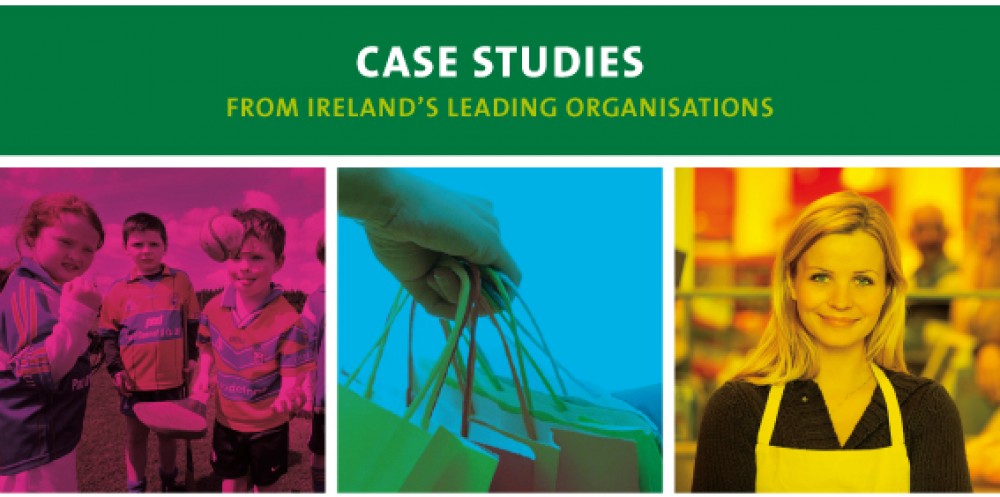


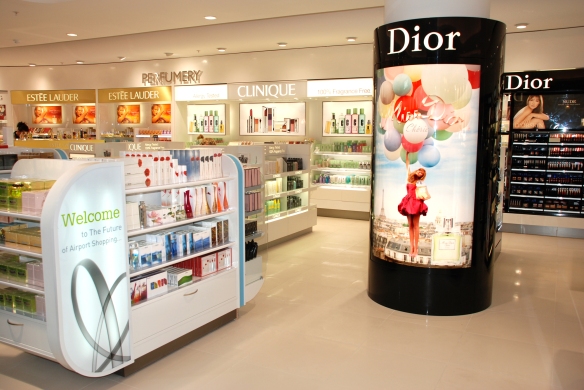

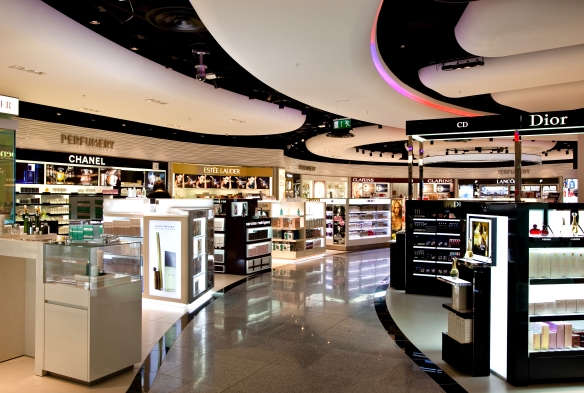





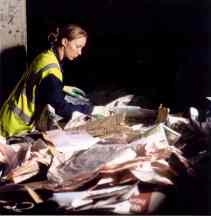
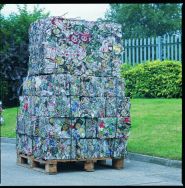



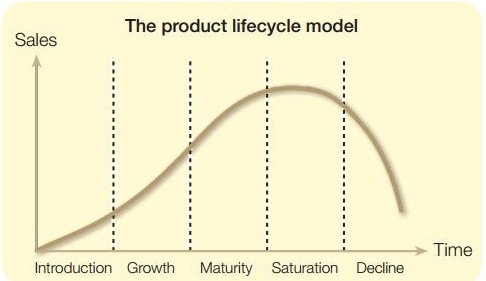
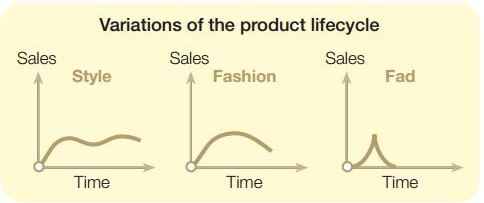
 The development of successful new products is one of the ways in which companies can achieve competitive advantage*. New Product Development (NPD) is a process which carries a great deal of risk – over 40% of all new product introductions fail at launch! For NPD to be effective, companies have to nurture an innovative corporate culture** so that everyone in the organisation is encouraged to be innovative in their work
The development of successful new products is one of the ways in which companies can achieve competitive advantage*. New Product Development (NPD) is a process which carries a great deal of risk – over 40% of all new product introductions fail at launch! For NPD to be effective, companies have to nurture an innovative corporate culture** so that everyone in the organisation is encouraged to be innovative in their work

 Multinational companies generate much interest in the media when they announce investment and job creation in Ireland. Less media coverage is given to the many small and medium enterprises (SMEs) that create fewer jobs at any one time but account for circa 700,000 jobs in total. SMEs form the backbone of the Irish economy and we depend on them for our future economic recovery.
Multinational companies generate much interest in the media when they announce investment and job creation in Ireland. Less media coverage is given to the many small and medium enterprises (SMEs) that create fewer jobs at any one time but account for circa 700,000 jobs in total. SMEs form the backbone of the Irish economy and we depend on them for our future economic recovery.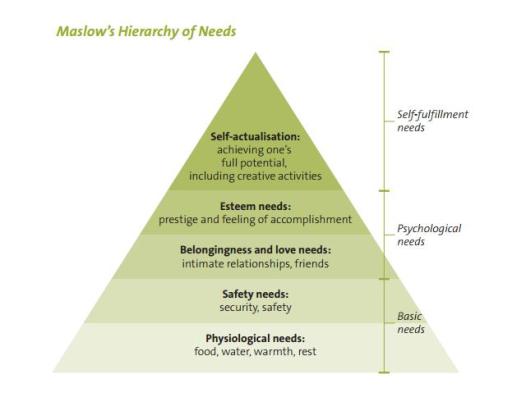


 2. A takeover (acquisition) occurs when 51% (or more) of the shares in a business have been purchased in either a hostile or friendly manner. The acquiring company absorbs the other company, which may lose its identity after the acquisition, becoming part of the acquiring company. The cost of a takeover can be very expensive, as it may be necessary for the acquirer to pay more than the nominal value of the company to achieve control.
2. A takeover (acquisition) occurs when 51% (or more) of the shares in a business have been purchased in either a hostile or friendly manner. The acquiring company absorbs the other company, which may lose its identity after the acquisition, becoming part of the acquiring company. The cost of a takeover can be very expensive, as it may be necessary for the acquirer to pay more than the nominal value of the company to achieve control.


 THE DIGITAL HUB IS INVITING PEOPLE TO PUT THEIR STAMP ON
THE DIGITAL HUB IS INVITING PEOPLE TO PUT THEIR STAMP ON 